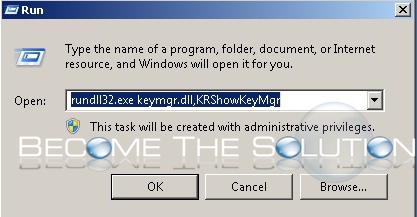

Windows Server 2008 R2 SP1 or latest service pack.Standard/Enterprise Edition or Datacenter Edition can use any of the following:
#Lync messenger for mac free
Skype for Business Server supports the same hardware as Lync Server 2013 Hardware ComponentĦ4-bit dual processor, hex-core, 2.26 gigahertz (GHz) or higher.Intel Itanium processors are not supported for Skype for Business Server server roles.Ĩ or more 10,000 RPM hard disk drives with at least 72 GB free disk space.-Two of the disks should use RAID 1, and six should use RAID 10.OR-Solid state drives (SSDs) which provide performance similar to 8 10,000-RPM mechanical disk drives.ġ dual-port network adapter, 1 Gbps or faster (2 recommended, which requires teaming with a single MAC address and single IP address). The content may be changed as and when the finalized information is been publically announced by Microsoft. Please note that the above information is provided “AS IS” with no warranties, and confers no rights.
#Lync messenger for mac code
Update: Amanda Debler has written a nice piece of code that will help you to get the UI switched in seconds, you can grab the powershell script here. Based on the UI that you choose to have, the features may vary as show below. HKEY_CURRENT_USER\Software\Microsoft\Office\Lync So what happens from the users end? Head over to REGEDIT, Navigate to There will be a Client Policy parameter that will determine the default UI for users within the organization. To enable the Skype UI and Lync 2013 UI the following commands can be run from the server end respectively. Server VersionĪlthough this is the case, the Lync/S4B administrator always have the option to change the UI via changing in-band policy settings that will manually override the default UI. The below table lists what you may see by default. The client is by default configured to check for the Server Version of the environment and set up the looks. This new Dual User Experience mode that controls the Lync/Skype UI is managed via in-band settings. With this new client, named “Skype for Business Client” now you or in many instances the administrator of your organization has the ability to change the UI of the client, either to We are all going to get a new client for Lync and it is going to look a lot more like Skype.


 0 kommentar(er)
0 kommentar(er)
